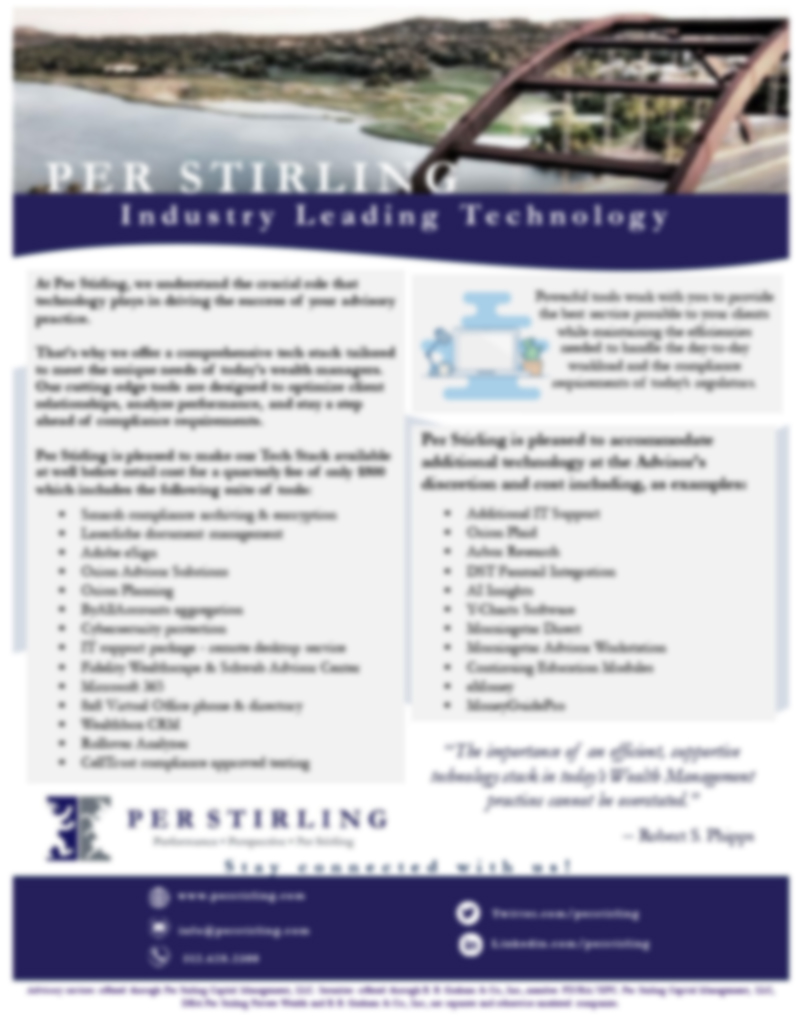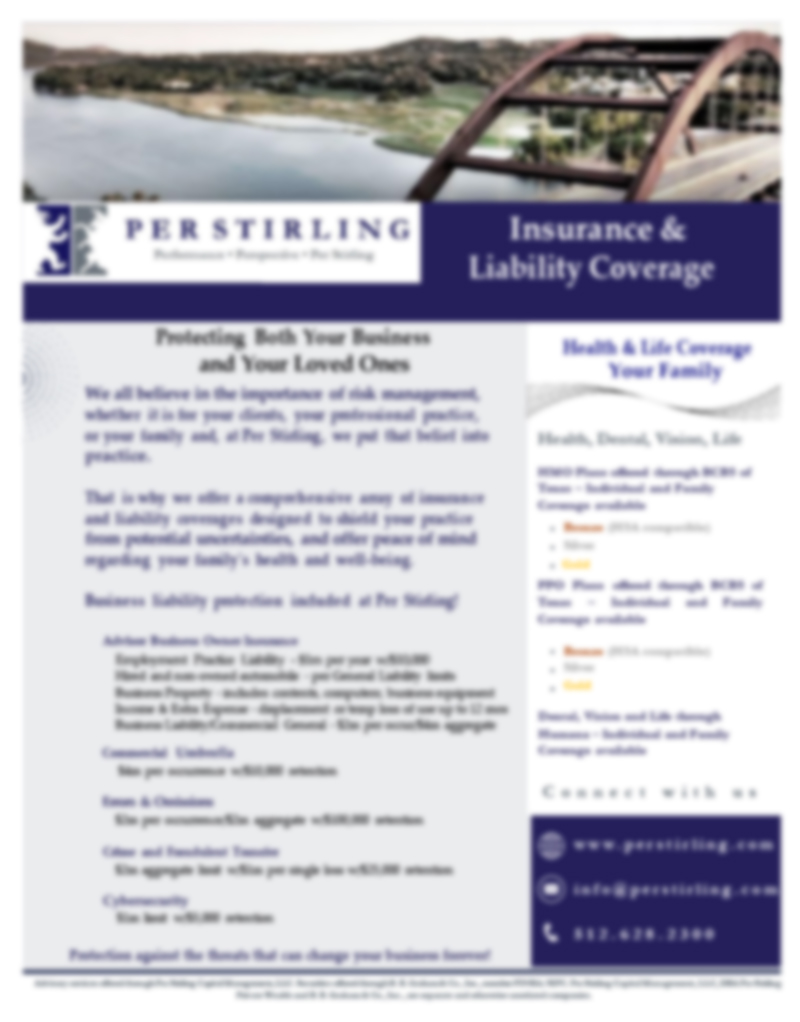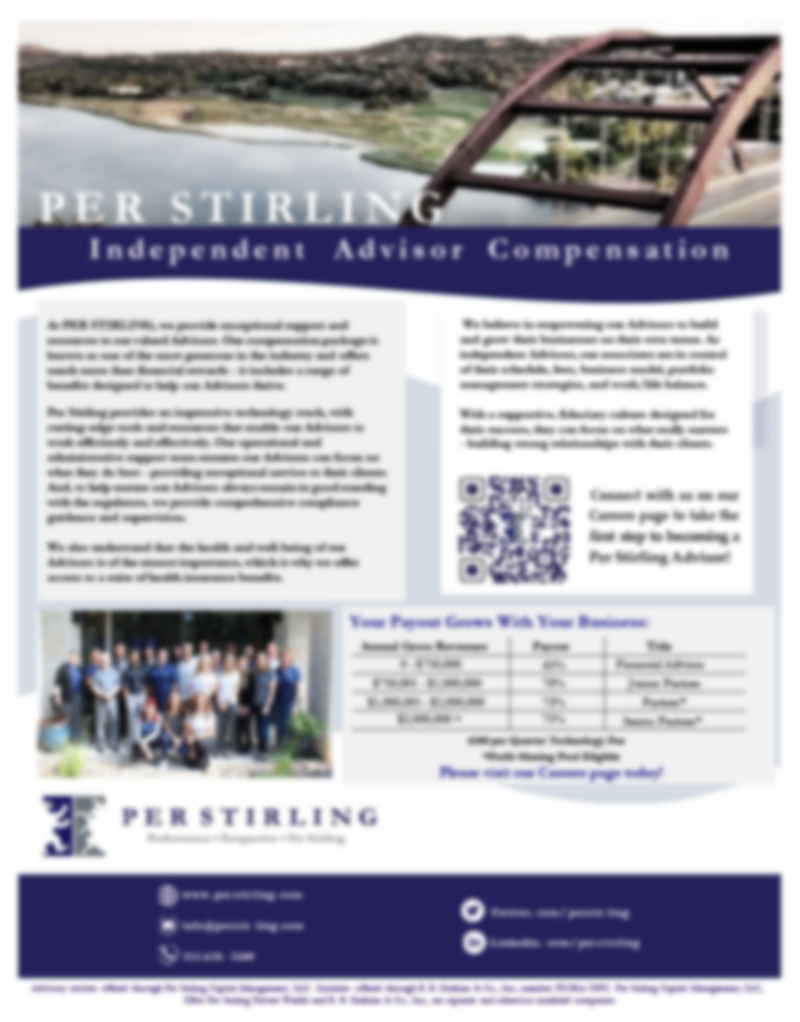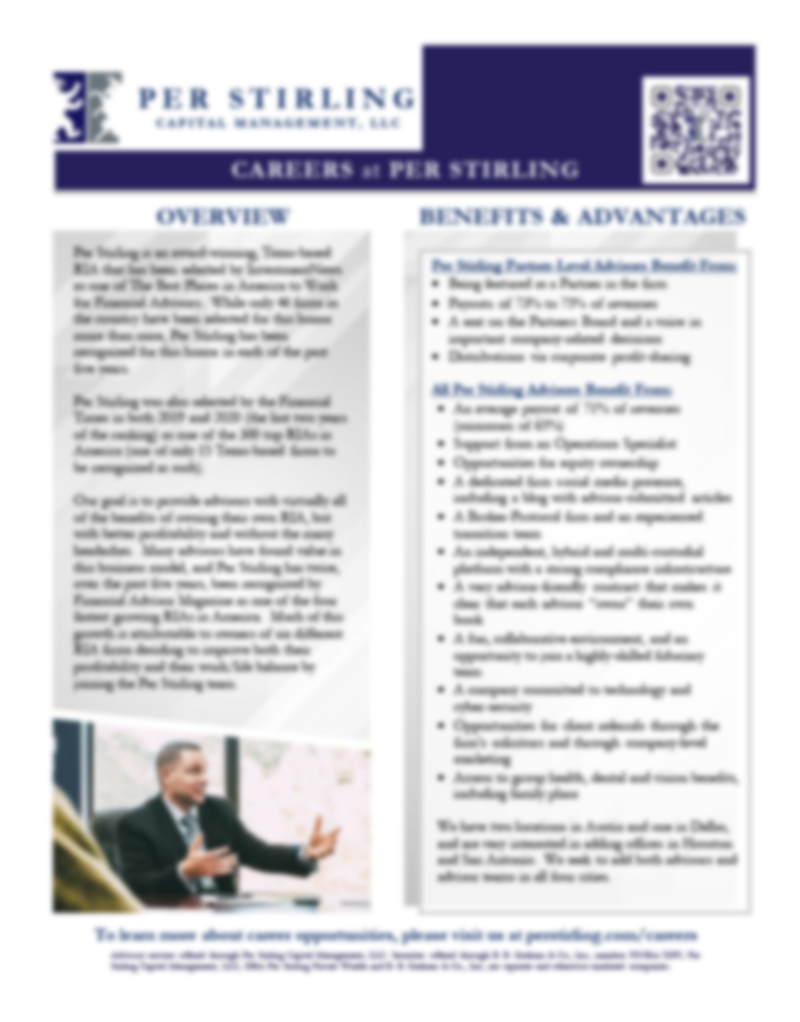07
JanuaryCan You Access Your Work-Based Retirement Plan Money in an Emergency?
In most cases, taking money out of a 401(k) or similar retirement savings plan prior to age 59½ while you’re still working will result in income taxes and a 10% early-distribution penalty. However, you may be able to access your plan money in an emergency — in some cases, without paying the penalty — through in-service withdrawals and loans. Plans are not required to offer all of the options listed below, and certain rules and restrictions apply, so be sure to contact your plan administrator before making any decisions.1
Exceptions to the 10% penalty
The IRS allows penalty-free (but not tax-free) distributions in the case of your death, disability, or separation from service after age 55 (for public safety employees and private sector firefighters, the rule is after age 50 or 25 years of service, whichever comes first). In addition, you may also be able to take them in the following circumstances:
- Emergencies. Up to $1,000 each calendar year for personal or family emergency expenses to meet unforeseeable or immediate financial needs; no further emergency distributions will be allowed during the following three calendar years unless the funds are reimbursed through subsequent contributions or repaid to an eligible plan or IRA2
- Disasters. Up to $22,000 for expenses related to a federally declared disaster if the distribution is made within 180 days of the disaster occurring (included in gross income equally over three years unless the taxpayer elects to report the full amount in the first year)
- Domestic abuse. Up to $10,000 (or 50% of the account balance, whichever is less) if you’ve been the victim of domestic abuse (self-certified physical, psychological, sexual, emotional, or economic abuse) by a spouse or domestic partner, if the distribution is taken within one year of the abusive act; funds may be repaid within three years
- Extraordinary medical expenses. To pay for unreimbursed medical expenses that exceed 7.5% of your adjusted gross income
- Terminal illness. You’ve been diagnosed with a terminal illness, defined as a condition that will cause death within seven years as certified by a physician
- Birth or adoption. Up to $5,000 for each spouse (from separate accounts) for expenses related to the birth or adoption of a child; funds can be repaid within three years to an eligible plan or IRA
- Active duty. Reservists called up to active military duty; distributions can be repaid up to two years after end of active duty to an individual retirement plan
- Court order/legal judgment. To satisfy a qualified domestic relations order (i.e., a divorce settlement) IRS levy. To comply with an IRS levy to satisfy a tax debt
- Long-term care insurance. To pay for certain long-term care insurance policies (beginning in 2026)
- Equal payments for life. You take the payments in a series of substantially equal periodic payments distributed over your lifetime or that of you and a beneficiary (only available after you leave your employer, i.e., not available from a current plan)
Hardship withdrawals
Hardship withdrawals generally are not exempt from the 10% penalty. They are allowed only if you have an “immediate and heavy financial need” and only up to the amount necessary to meet that need. You must have no other savings or liquid assets available, and you generally must take all other types of distributions available to you before taking a hardship withdrawal. In addition, your plan may require that you exhaust any loan options first.
Hardship withdrawals may be permitted to:
- Purchase your principal residence or perform repairs that would qualify as deductible casualty losses
- Prevent eviction or foreclosure
- Pay medical bills for yourself, your spouse, children, dependents, or primary beneficiary
- Pay certain funeral expenses for you, your spouse, children, dependents, or primary beneficiary
- Pay certain education expenses for yourself, your spouse, children, dependents, or primary beneficiary
- Pay income tax and/or penalties due on the hardship withdrawal itself
- Pay or reimburse for expenses or losses (including loss of income) incurred due to a federally declared disaster, assuming your principal residence or place of employment is located in the disaster area
Loans
Many plans allow employees to borrow from their 401(k) accounts. In general, you can borrow up to one-half of your vested balance up to $50,000. You can borrow the funds for up to five years (longer if the loan is to purchase your principal residence). In most cases, you repay the loan through payroll deduction, with principal and interest flowing back into your account.
Loans can be a bit risky. If you leave your employer (whether voluntarily or not) and still have a loan balance, you’ll generally be required to repay the amount in full [or roll over the amount to another 401(k) plan or IRA] by the tax filing deadline of the year you leave your employer. Otherwise, the outstanding balance will be treated as a taxable distribution, which means you could owe the 10% penalty tax in addition to regular income taxes.
1) The rules discussed in this article generally apply to 401(k) plans, 403(b) plans, and to some extent, 457(b) plans as well. However, 457(b) plans don’t charge a penalty for allowable early distributions (except for distributions attributable to rollovers from other types of employer plans and IRAs), and the rules for hardship withdrawals are more strict. You can take a hardship withdrawal from a 457(b) plan only if you have an “unforeseen emergency.”
2) If your plan does not offer penalty-free emergency withdrawals but does offer hardship withdrawals for which your need qualifies, you may take a hardship withdrawal and avoid the 10% penalty by claiming an exception on Form 5329.
This content has been reviewed by FINRA. Prepared by Broadridge Advisor Solutions. © 2025 Broadridge Financial Services, Inc.
Advisory services offered through Per Stirling Capital Management, LLC. Securities offered through B. B. Graham & Co., Inc., member FINRA/SIPC. Per Stirling Capital Management, LLC, DBA Per Stirling Private Wealth and B. B. Graham & Co., Inc., are separate and otherwise unrelated companies.





